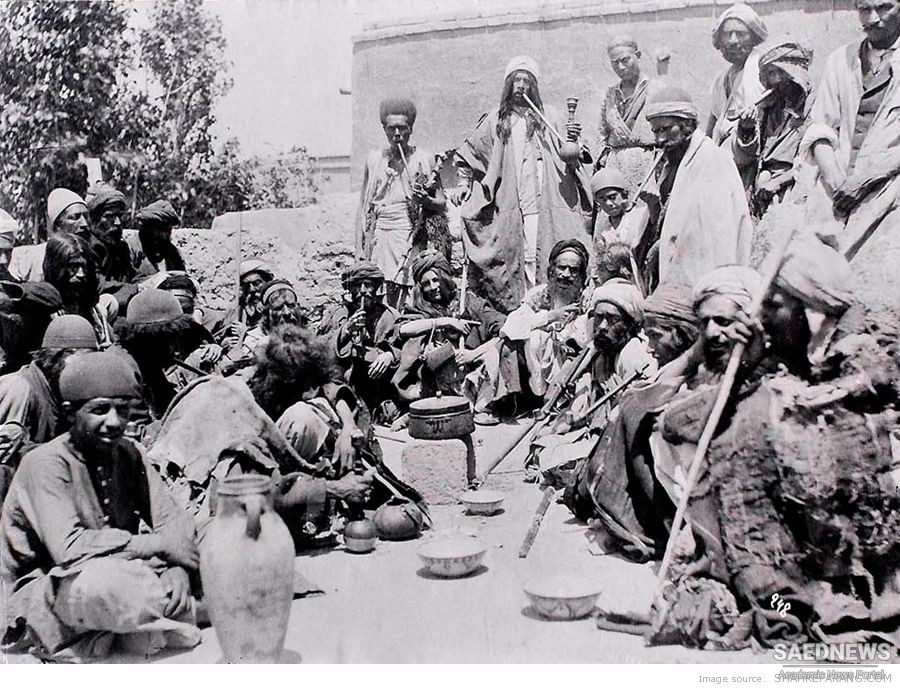At the turn of twentieth century, Iranian people lived in tragic conditions due to the mismanagement of the monarchical system that was just focused on the interests of the monarchical family, the Shah and the mercinaries. People were struggling to have access to the first necessay needs. There was no healthcare system and no domestic center for teaching the professionals in order to handle the society's needs by their skills. Many affairs were handled by the foreign advisers and contractors and in very limited scale just for the causes that served the Monarchy. Here you have the account of one of the key advisers who had been an eye witness to the Persia's thirst for democary. "Most readers are more familiar with ancient Persian history than with modern events in that strange land. The purpose of this book is not historical in any but a very limited sense, and the following brief resume of the Persian Risorgimiento, or revolutionary movement, which resulted in what may be termed the establishment of a constitutional monarchy on August 5, 1906, during the reign of Muzaffaru 'd-Din Shah, is given only that the more recent political events which are narrated herein, and in which the writer had some part, may be better under stood.During the past generation the most striking evidence of the power and desire of the Persian people to have even a small voice in their public affairs was the remarkable prohibition on the use of tobacco proclaimed by the Islamic clergy and immedi ately obeyed by the people when, in 1891, the famous Tobacco Concession was actually put into force. The previous year Nasirud-Din Shah Qajar had granted to a British corporation in London, a monopolistic concession for the entire handling, buying and selling of all tobacco raised in Persia. The corporation was capitalized at 650,000, and was expected to make an annual profit of aboxit 500,000. One quarter of the profits was to go to the Persian government, which meant to the Shah and his ministers and court." (Source: The Strangling of Persia by Morgan Shuster).


 Safavid Kingdom and Ethnic Capacities of Persia
Safavid Kingdom and Ethnic Capacities of Persia














































